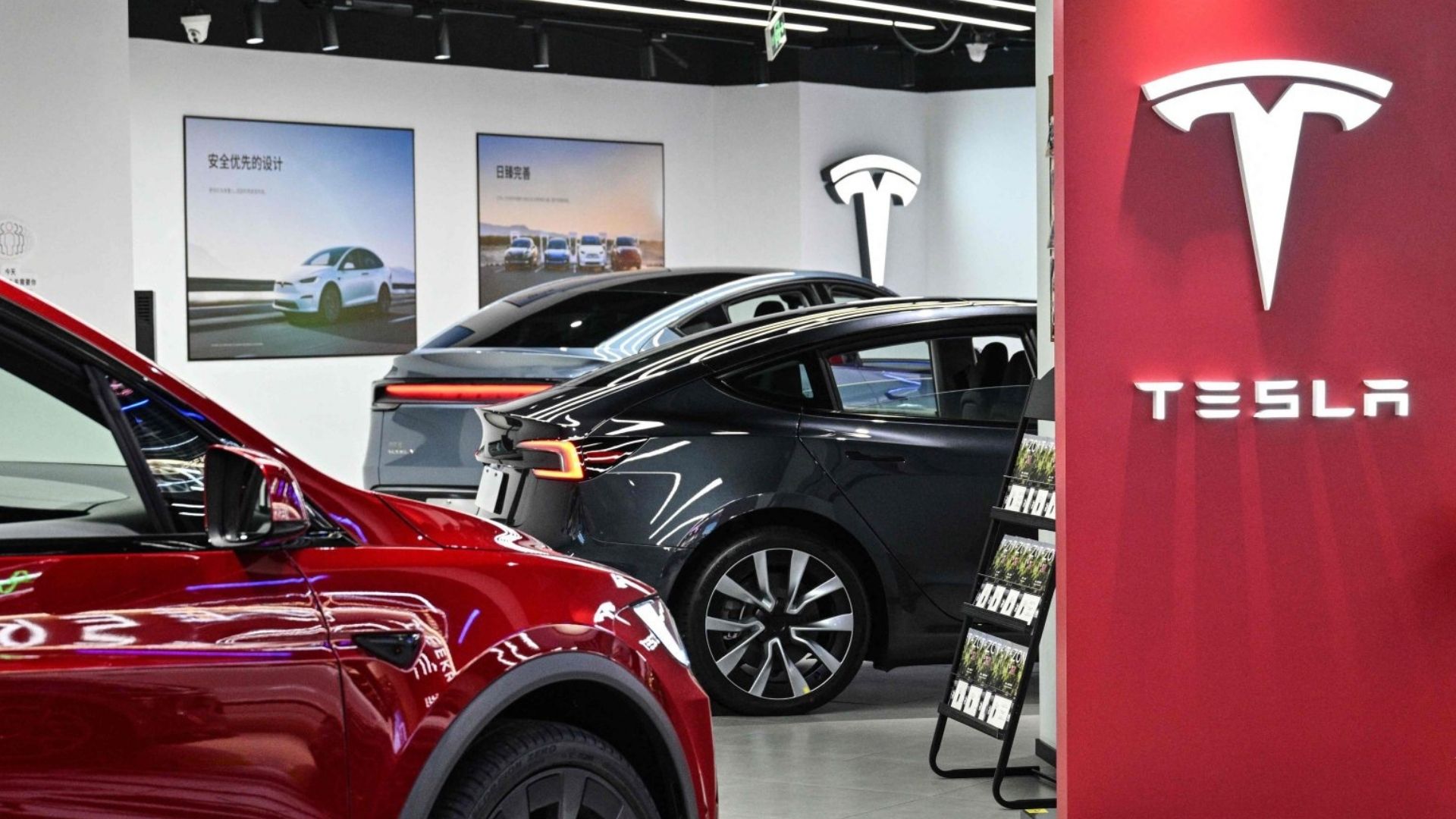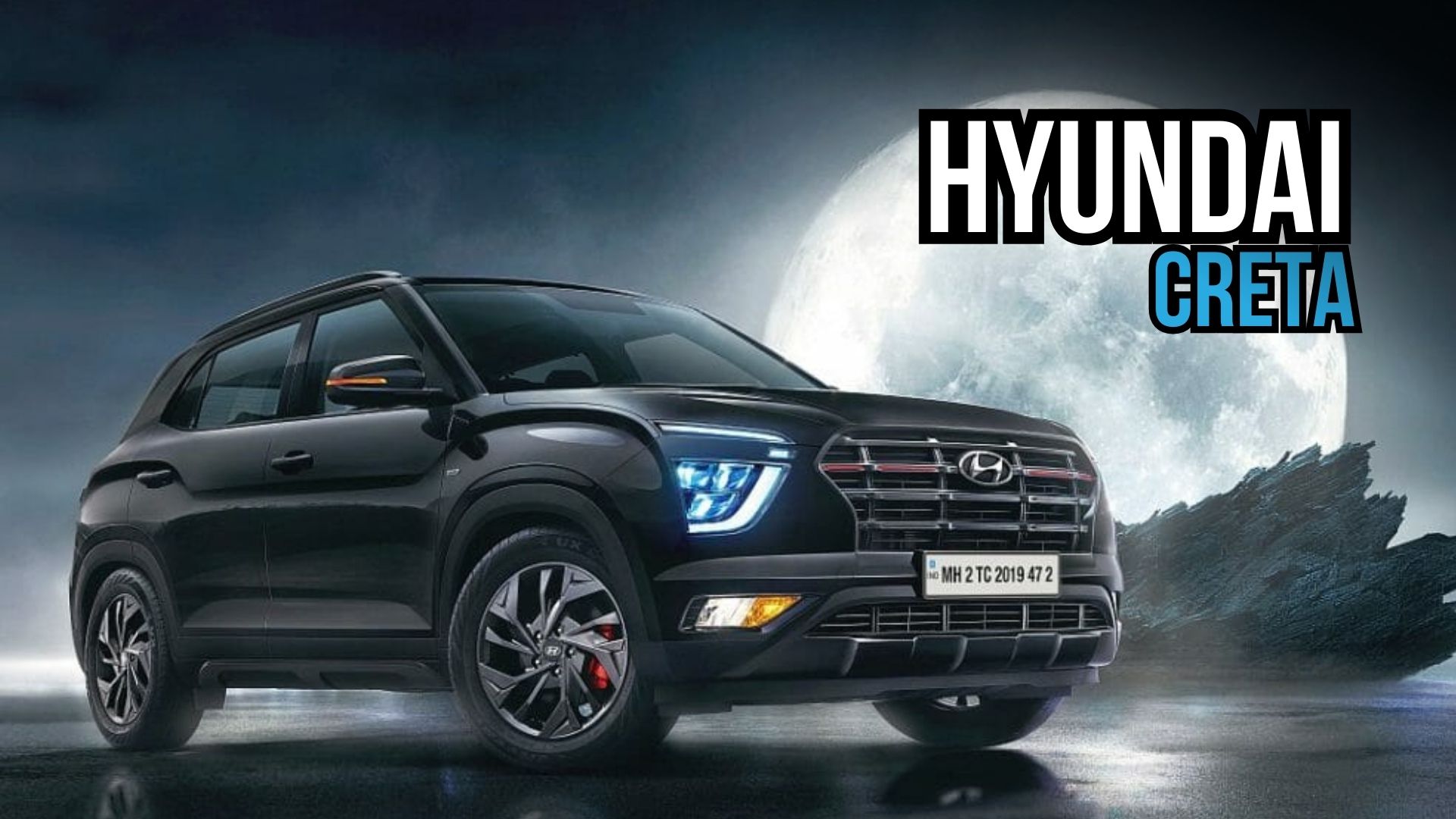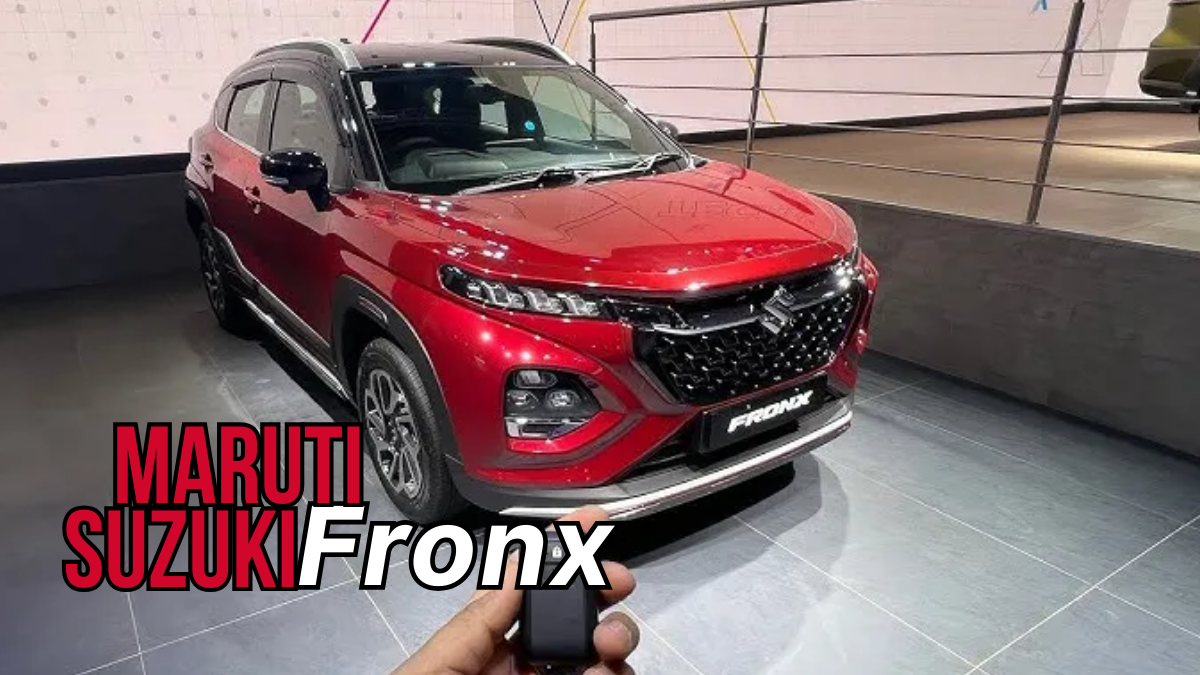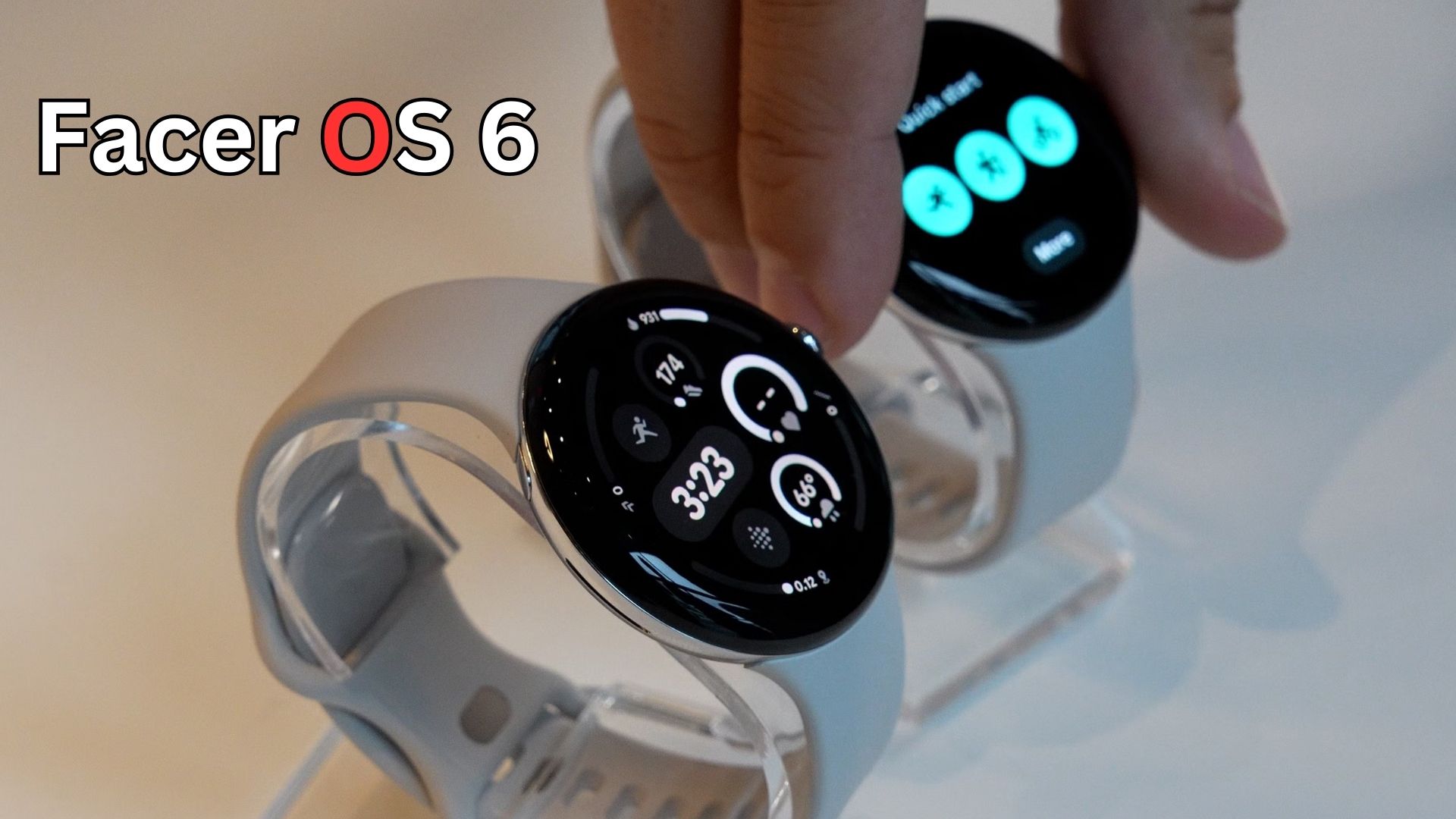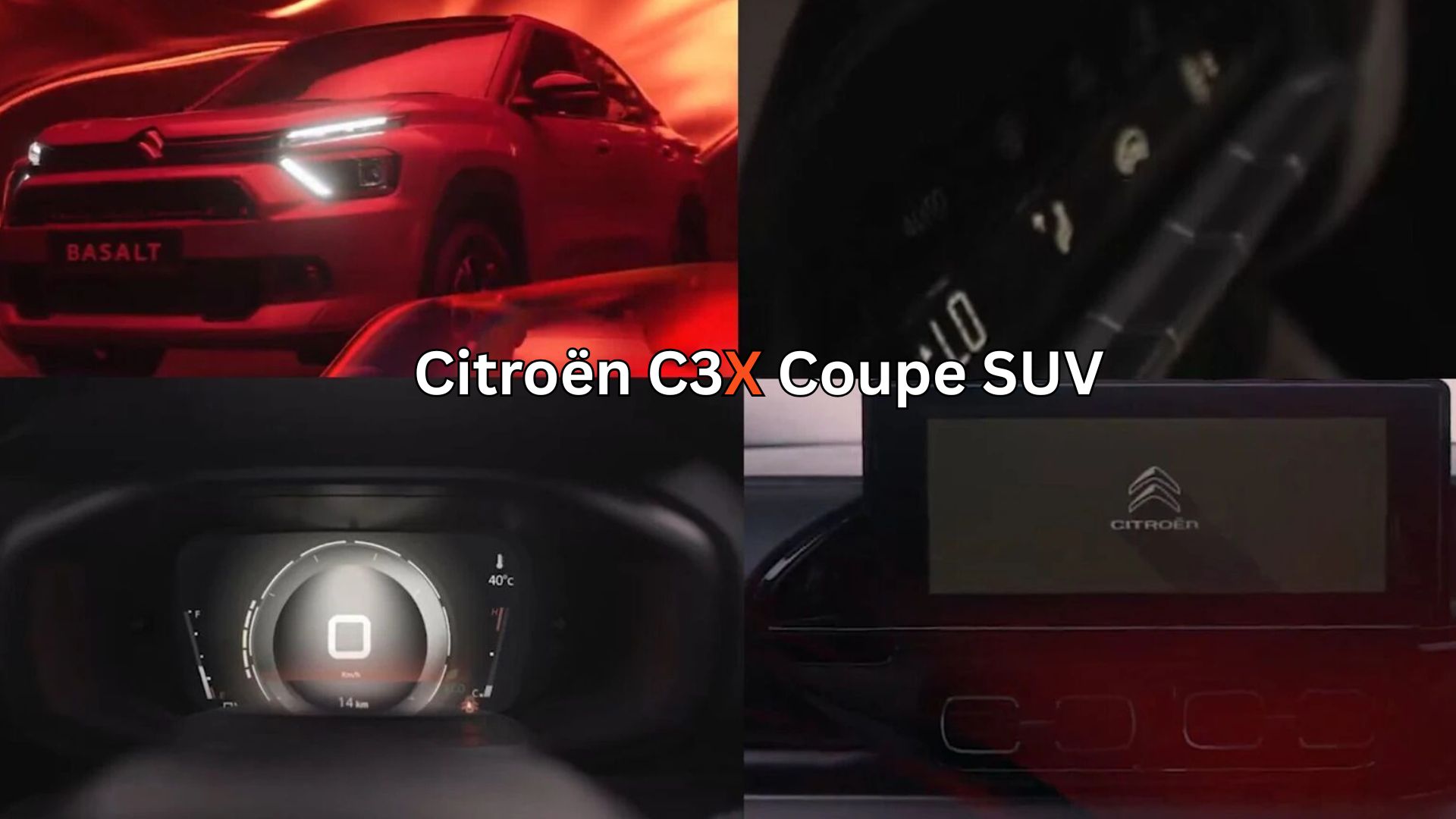Mercedes-Benz India has delivered its strongest quarterly performance in recent history, achieving record-breaking sales figures that paint a fascinating picture of the evolving luxury automotive landscape. The German automaker’s latest results offer valuable insights into consumer preferences, market dynamics, and the future of premium mobility in one of the world’s fastest-growing economies.
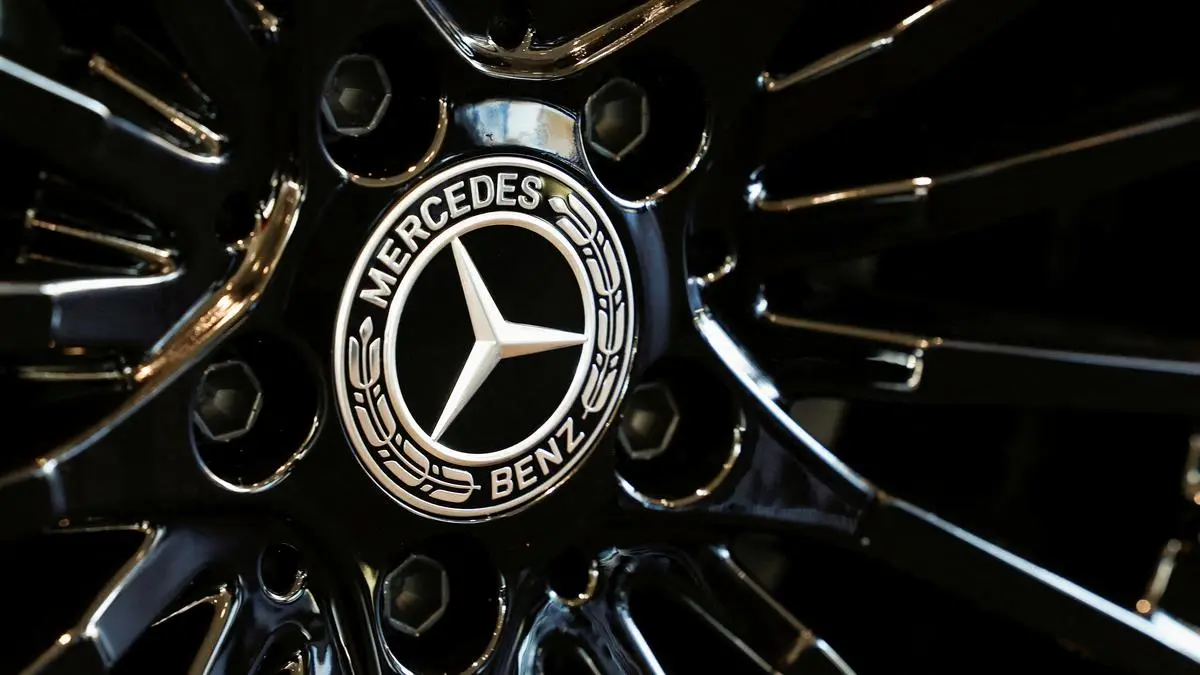
Record-Breaking Q1 FY25-26 Performance
Mercedes-Benz India achieved its best-ever Q1 performance in FY25-26, retailing 4,238 units during the April-June 2025 quarter. This represents a substantial 10.08% year-on-year growth compared to the same period in the previous fiscal year when 3,850 units were sold.
The achievement becomes even more remarkable when considering the challenging macroeconomic environment. Rising foreign exchange volatility, multiple price increases, and intensifying competition in the entry-luxury segment created headwinds that many automakers struggled to navigate.
However, Mercedes-Benz’s strategic focus on premium positioning and customer experience proved effective. The company’s ability to maintain growth momentum while competitors faced flat or declining sales demonstrates the strength of its brand positioning in India.
Top-End Luxury Segment Drives Growth
The most striking aspect of Mercedes-Benz India’s performance was the exceptional growth in its top-end luxury segment. This category, which includes the S-Class, Mercedes-Maybach lineup, AMG performance vehicles, and the EQS electric series, experienced a robust 20% growth during the quarter.
Several factors contributed to this surge in premium vehicle demand. The introduction of exclusive variants like the Mercedes-Maybach Night Series and the G 580 with EQ Technology created significant buzz among affluent buyers. The AMG GT 63 PRO generated such overwhelming demand that it sold out for the remainder of the year, highlighting the appetite for high-performance luxury vehicles.
This trend reflects a broader shift in the Indian luxury market. Wealthy consumers are increasingly willing to invest in ultra-premium vehicles that offer exclusivity, advanced technology, and superior performance. The willingness to pay premium prices for top-tier luxury suggests that India’s affluent segment is maturing and becoming more discerning in their automotive choices.
Core Segment Maintains Strong Foundation
While top-end luxury vehicles grabbed headlines, Mercedes-Benz’s core segment remained the foundation of its success. Models including the C-Class, E-Class LWB, GLC, and GLE contributed 60% of overall sales and achieved a solid 10% year-on-year growth.
The E-Class LWB emerged as the standout performer, maintaining its position as the top-selling luxury car in India. The introduction of the E450 performance variant added a new dimension to the model’s appeal, attracting buyers seeking enhanced performance without stepping into the ultra-luxury segment.
This balanced performance across core models demonstrates Mercedes-Benz’s ability to cater to different buyer segments while maintaining consistent quality and appeal. The core segment’s reliability provides stability that allows the company to experiment with high-end offerings and electric vehicles.
Electric Vehicle Momentum Accelerates
Perhaps the most significant long-term trend evident in Mercedes-Benz India’s results is the accelerating adoption of electric vehicles. The company’s BEV portfolio posted an impressive 157% year-on-year growth, contributing 8% of overall sales.
This growth was driven entirely by premium electric vehicles, including the EQS 450 SUV, EQS Maybach, and G 580 with EQ Technology. The success of these high-end electric models suggests that Indian luxury buyers are ready to embrace electric mobility when it comes packaged with the performance, features, and prestige they expect.
The company’s approach to electric vehicles reflects a broader strategy focused on quality over quantity. Rather than rushing to introduce entry-level electric models, Mercedes-Benz has concentrated on perfecting the premium electric experience. This strategy appears to be paying dividends, with waiting periods for select electric models now extending up to six months.
Market Dynamics and Competitive Landscape
Mercedes-Benz India’s success comes against a backdrop of challenging market conditions. The overall luxury car market in India grew by only 1-2% in the first half of the year, with the German luxury trio (Mercedes-Benz, BMW, and Audi) posting largely flat results.
The company’s ability to outperform in this environment speaks to several strategic advantages. First, its focus on customer experience and service quality has helped differentiate the brand. Second, the timing of new product launches aligned well with market demand. Third, the company’s balanced portfolio across different price segments provided resilience against market volatility.
However, challenges remain. The entry-level luxury segment experienced a marginal decline due to increased competition from lower-priced rivals. This trend suggests that the traditional entry point into luxury automotive is becoming more competitive, potentially pushing manufacturers to focus more heavily on premium segments.
Regional Expansion and Service Network Growth
Mercedes-Benz India’s growth strategy extends beyond product offerings to include significant investment in market penetration and service accessibility. The company plans to open 19 new outlets throughout the year, with recent launches in Agra and Jammu, and upcoming openings in Patna, Kanpur, and Varanasi.
This expansion into Tier-2 and Tier-3 cities represents a strategic shift toward improving service accessibility rather than just pursuing volume growth. The focus on service centers in smaller cities addresses a critical pain point for luxury car owners who previously had to travel to major metropolitan areas for vehicle servicing.
This approach demonstrates Mercedes-Benz’s long-term commitment to the Indian market and its understanding of the unique challenges faced by luxury car owners in smaller cities. By improving service accessibility, the company is likely to enhance customer satisfaction and loyalty while opening new market opportunities.
Technology and Innovation Focus
The success of Mercedes-Benz’s premium offerings reflects the growing importance of technology and innovation in the luxury automotive sector. Features like advanced driver assistance systems, cutting-edge infotainment, and sophisticated powertrains are becoming key differentiators.
The company’s electric vehicle strategy particularly showcases this technology focus. Rather than simply electrifying existing models, Mercedes-Benz has developed purpose-built electric platforms that deliver superior performance and user experience. This approach has resonated with tech-savvy luxury buyers who view electric vehicles as the future of premium mobility.
Supply Chain Resilience and Market Positioning
Despite global supply chain challenges that have affected many automakers, Mercedes-Benz India has maintained stable operations. The company’s Germany-based procurement operations have provided insulation from supply chain disruptions, ensuring consistent product availability.
This operational stability has allowed Mercedes-Benz to maintain its premium positioning without compromising on quality or delivery timelines. The waiting periods for popular models are driven by demand rather than supply constraints, which is a positive indicator of brand strength.
Future Outlook and Strategic Implications
Mercedes-Benz India’s record-breaking performance provides several insights into the future of the luxury automotive market. The strong growth in top-end luxury vehicles suggests that India’s wealthy segment is expanding and becoming more sophisticated in their automotive preferences.
The rapid adoption of premium electric vehicles indicates that the transition to electric mobility in the luxury segment may happen faster than many predicted. This trend could accelerate as charging infrastructure improves and government policies become more supportive of electric vehicles.
The company’s focus on service expansion into smaller cities reflects the geographic diversification of wealth in India. As economic growth spreads beyond major metropolitan areas, luxury brands will need to adapt their strategies to serve customers in emerging markets.
Transforming India’s Luxury Automotive Landscape
Mercedes-Benz India’s exceptional Q1 FY25-26 performance represents more than just strong sales figures. It reflects the evolving dynamics of India’s luxury automotive market, where discerning customers are driving demand for premium experiences, advanced technology, and exclusive products.
The company’s success in balancing growth across different segments while maintaining premium positioning offers valuable lessons for other luxury brands. The emphasis on customer experience, strategic product launches, and market expansion has created a sustainable competitive advantage.
As India’s economy continues to grow and consumer preferences evolve, Mercedes-Benz’s current strategy positions it well for long-term success. The company’s focus on premium electric vehicles, service excellence, and market expansion should enable it to capitalize on the significant opportunities in India’s luxury automotive sector.
The path forward will require continued innovation, strategic investment, and careful attention to changing consumer preferences. However, Mercedes-Benz India’s record-breaking performance demonstrates that there is substantial demand for luxury automotive products when they are positioned correctly and supported by excellent customer experiences.
FAQs About India’s Luxury Car
Q1. What contributed to Mercedes-Benz India’s record Q1 sales growth?
A1. Mercedes-Benz India achieved record-breaking Q1 sales growth due to strategic market positioning, growing demand for luxury vehicles, and a focus on delivering unparalleled customer experiences.
Q2. Is Mercedes-Benz India seeing increased adoption of electric vehicles (EVs)?
A2. Yes, Mercedes-Benz India has observed rising interest in electric vehicles as consumers increasingly prioritize sustainability and advanced technology in their purchase decisions.
Q3. How does Mercedes-Benz India cater to changing consumer preferences?
A3. Mercedes-Benz India addresses evolving consumer preferences by offering a diverse range of vehicles, including premium EVs, and enhancing customer-centric experiences through innovative services.
Q4. What does this growth imply for the luxury automobile market in India?
A4. The growth underscores the robustness of the luxury automobile market in India, highlighting increasing consumer interest in high-quality, technologically advanced vehicles.
For More Information Click HERE
